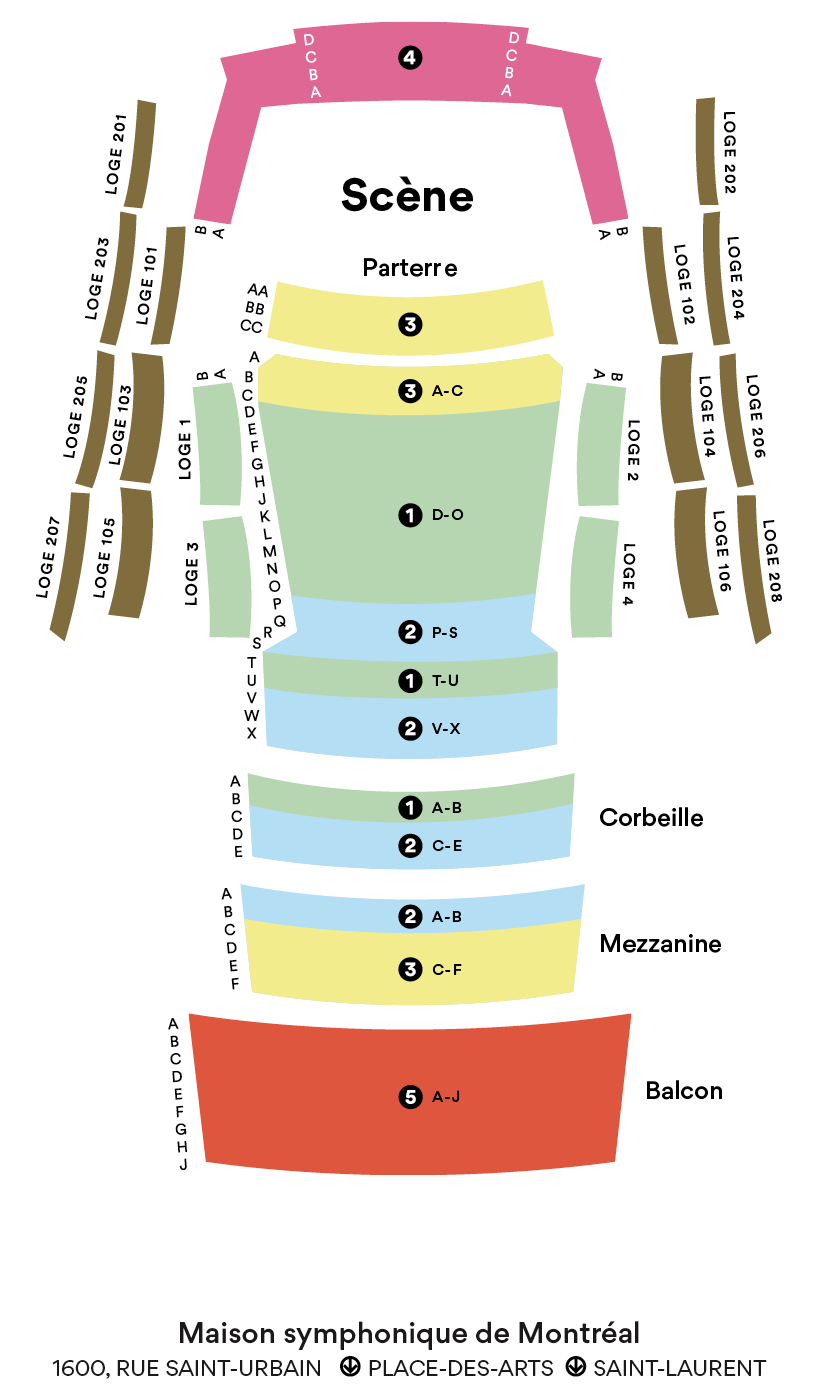Mass in B minor
J.S. Bach
1685 – 1750
Johann Sebastian Bach is the best-known representative of the most prolific dynasty in the history of music. No fewer than 50 professional musicians are counted from forefather Johannes, born in 1555, to his descendant Wilhelm Friedrich Ernst, a grandson of Johann Sebastian who died in 1845, nearly three centuries later!
Johann Sebastian composed a number of timeless masterpieces in nearly every musical genre of his era, instrumental and vocal alike, with the exception of opera. Taken as a whole, his writing is the culmination of the musical baroque and a synthesis of the Italian, German, French and English styles. Bach was a deeply religious man, and sacred music forms the core of his oeuvre of more than a thousand works.
In 1723, Bach was appointed cantor at St. Thomas Lutheran church in Leipzig, a position he would hold for the rest of his life. It was there that he wrote most of his sacred music.
After some 200 cantatas and the sublime masterpieces that are the Magnificat, Saint Matthew Passion, Saint John Passion and Christmas Oratorio, the Mass in B minor comes as an absolute apex. It is, in fact, Bach’s spiritual testament, a kind of religious counterpart to the contemporary Art of the Fugue.
The Mass in B minor is a comprehensive survey that, from number to number, displays the many compositional techniques that Bach had so brilliantly mastered: opera-like arias and duets, stile antico choral polyphony without basso continuo (as was common in the Renaissance), contrapuntal complexity, the varied treatment of choruses – with four, five, six and eight vocal lines – and a similar variety in the use of instruments, including magnificent solos for the violin, horn, flute and oboe d’amore. As a result, not a hint of boredom creeps into this nearly two-hour work. And then there is the most essential: the range and intensity of the feelings that the music inspires!
Bach wrote the mass during the last three years of his life, gathering together pages he had composed for other occasions, in accordance with the ancient practice of musical parody, widely employed in the baroque era, whereby existing pages were recycled and integrated into new works. The Mass in B minor includes music that Bach had written between 1714 and 1733 and altered, magnifying it by degrees as the context required. Some pages, though not most, were newly composed between 1747 and 1749. Ultimately and despite the range of compositional techniques used and the disparate origins of the pieces, Bach miraculously succeeds in maintaining a strong sense of unity.
© 2022 Claudio Ricignuolo
Translation by Craig Schweickert
